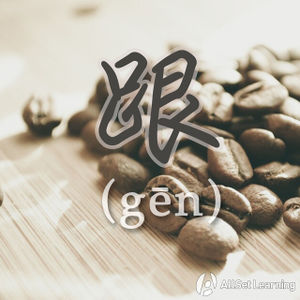Difference between revisions of "Expressing "with" with "gen""
(→Books) |
(→Books) |
||
| Line 35: | Line 35: | ||
* [[Modern Mandarin Chinese Grammar: A Practical Guide]] (pp. 84, 88)[http://www.amazon.com/gp/product/0415700108?ie=UTF8&tag=allset-20&linkCode=as2&camp=1789&creative=390957&creativeASIN=0415700108 →buy] | * [[Modern Mandarin Chinese Grammar: A Practical Guide]] (pp. 84, 88)[http://www.amazon.com/gp/product/0415700108?ie=UTF8&tag=allset-20&linkCode=as2&camp=1789&creative=390957&creativeASIN=0415700108 →buy] | ||
| − | * [[Integrated Chinese: Level 1, Part 1]] [http://www.amazon.com/gp/product/0887276385/ref=as_li_ss_tl?ie=UTF8&tag=allset-20&linkCode=as2&camp=217145&creative=399369&creativeASIN=0887276385 →buy] | + | * [[Integrated Chinese: Level 1, Part 1]] (pp. 166, 167) [http://www.amazon.com/gp/product/0887276385/ref=as_li_ss_tl?ie=UTF8&tag=allset-20&linkCode=as2&camp=217145&creative=399369&creativeASIN=0887276385 →buy] |
[[Category:A2 grammar points]] | [[Category:A2 grammar points]] | ||
Revision as of 09:53, 13 September 2012
-
Level
-
Similar to
-
Used for
-
Keywords
Structure
The preposition 跟 (gēn) is commonly used to express "with".
Subject + 跟 + Person + Verb + Object
Examples
- 我 跟 两 个 同事 去 北京。
- 我 跟 我 朋友 喝 啤酒。
- 他 跟 他 家人 一起 吃饭。
- 你 要 跟 我 一起 去 吗?
- 不要 跟 我 说话!
As in the last sentence, 跟 is often used with 一起.
See also
Sources and further reading
Books
- Modern Mandarin Chinese Grammar: A Practical Guide (pp. 84, 88)→buy
- Integrated Chinese: Level 1, Part 1 (pp. 166, 167) →buy



